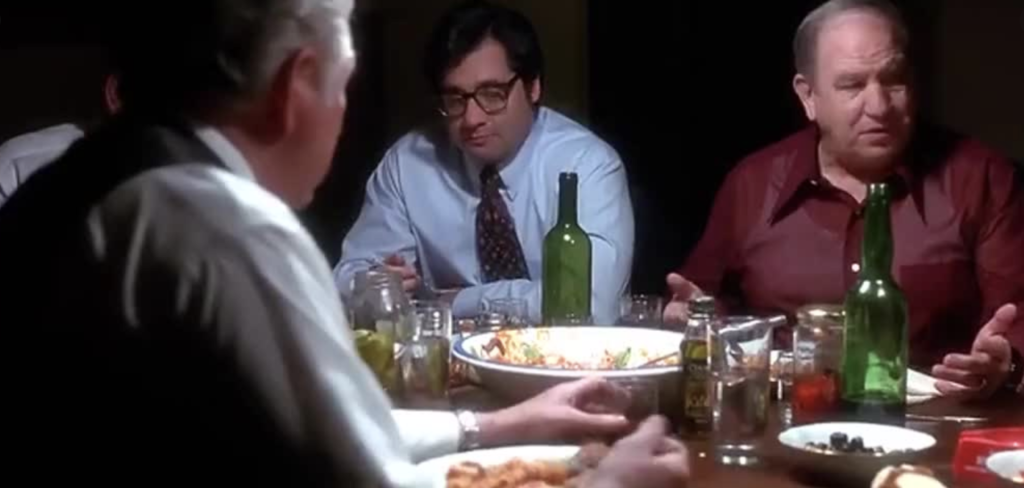What the Trump Campaign Lacked was a Little Structuring

A few days ago, Anna Massoglia of the Center for Responsive Politics pointed out that the Trump campaign spent nearly $400,000 in one quarter at a Trump Hotel. This brings the total (disclosed) diversion of donor money into the coffers of the Trump Organization to over $3 million.
Yesterday, David Farenthold tweeted that:
The pattern of spending looks a lot like an illegal practice known as “structuring” under the Bank Secrecy Act (BSA). In essence:
Structuring is the breaking up of transactions for the purpose of evading the Bank Secrecy Act reporting and recordkeeping requirements and, if appropriate thresholds are met, should be reported as a suspicious transaction under 31 C.F.R. § 103.18. Structuring can take two basic forms. First, a customer might deposit currency on multiple days in amounts under $10,000 (e.g., $9,900.00) for the intended purpose of circumventing a financial institution’s obligation to report any cash deposit over $10,000 on a currency transaction report as described in 31 C.F.R. § 103.22. Although such deposits do not require aggregation for currency transaction reporting, since they occur on different business days, they nonetheless meet the definition of structuring under the Bank Secrecy Act, implementing regulations, and relevant case law. In another variation on basic structuring, a customer or customers may engage in multiple transactions during one day or over a period of several days or more, in one or more branches of a bank or credit union, in a manner intended to circumvent either the currency transaction reporting requirement, or some other Bank Secrecy Act requirement, such as the recordkeeping requirements for funds transfers of $3,000 or more appearing in 31 C.F.R. § 103.33(e). Structuring may be indicative of underlying illegal activity; further, structuring itself is unlawful under the Bank Secrecy Act.
The Trump Organization claims that “the figure had to be broken into 43 separate payments, because Mar-a-Lago can’t handle credit card transactions of more than $10,000.” Maybe. It doesn’t strike me as plausible that a luxury venue would just happen to have such a limitation, per this discussion of setting maximum charges to avoid high fees. But perhaps some enterprising journalist will follow up on this explanation.
Obviously, it’s not news that, even by normal standards, the Trump campaign is a grift. I don’t need to convince regular Lawyers, Guns & Money readers of Trump’s rampant corruption, both as a businessman and as a president. Trump has abused his office to affect the value of his properties, and used the organs of the Executive Branch to delay and subvert investigations into his private conduct. Meanwhile, the Trump administration continues to pump taxpayer money into the Trump Organization.
What’s interesting is how all of this dovetails with the strong evidence that the Trump Organization stayed afloat by becoming a mechanism for money laundering by overseas kleptocrats and oligarchs. So it’s at least ironic that even the likely legal channeling of campaign money into Trump’s pocket took a form, at least in this instance, associated with crude attempts to launder money derived from criminal enterprises. But I suspect that it’s not really ironic at all.


